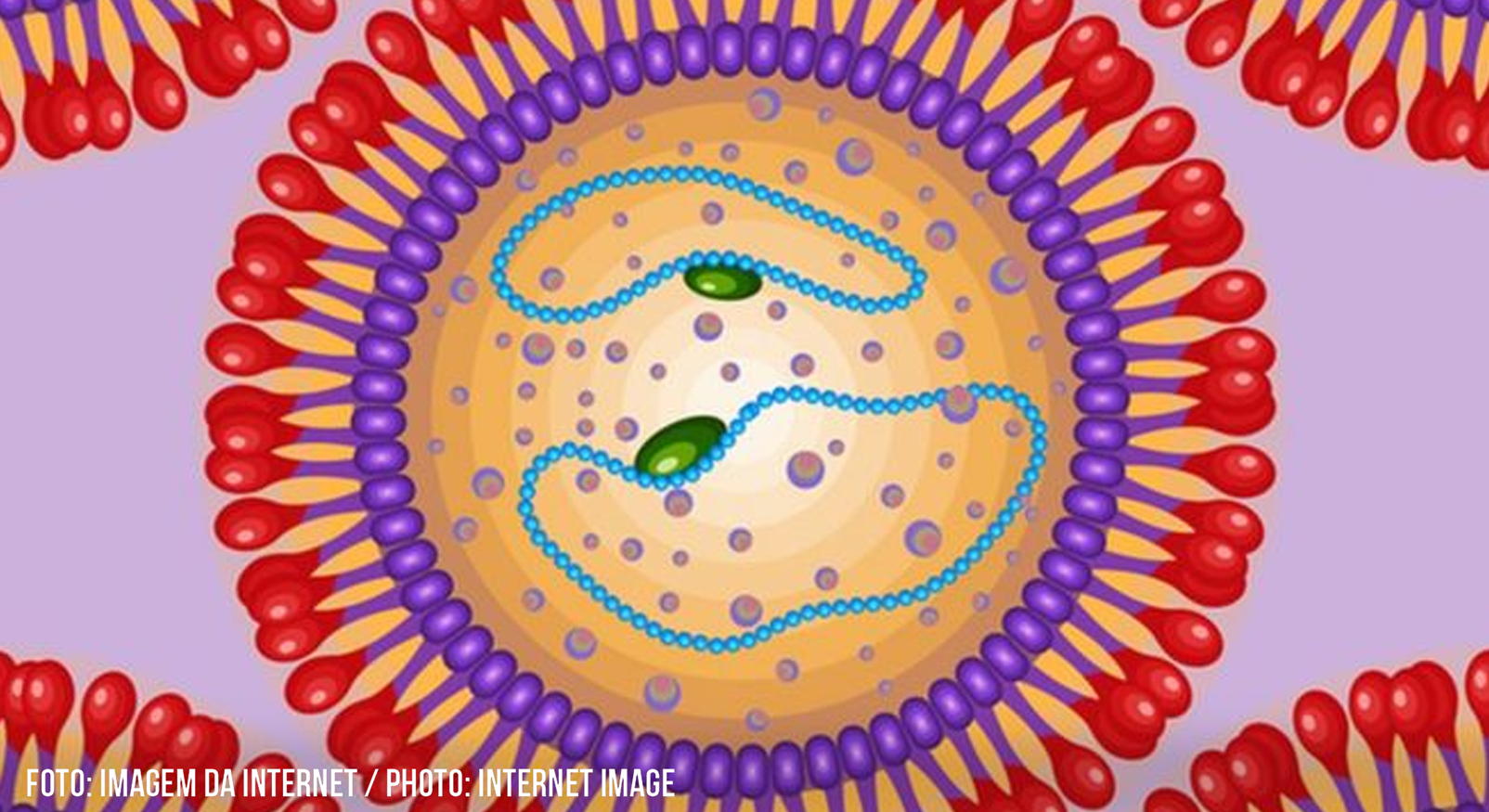
High mortality virus resurfaces in Brazil after 20 years
Two new cases of sabia virus (SABV) infection have been identified using metagenomics in patients with suspected severe yellow fever
09/07/2022
The diagnosis was made from the sequencing of the viral genetic material. In the analysis of the two infections, the researchers identified symptoms similar to those recorded in the cases of the 1990s
Research carried out in co-participation by the Institute of Tropical Medicine (IMT) and the Clinics Hospital (HC), both from the University of São Paulo Medical School (FMUSP), deepened the investigations on the sabiá virus (SABV), which causes Brazilian hemorrhagic fever. Previously, only four infections of this type were detected in the country, the last one more than 20 years ago. The investigation occurred during the yellow fever epidemic in the Southeast region in 2019, in cases where it was not possible to close the diagnosis, at which time the researchers decided to analyze other viruses. To our surprise, two cases have been found, which are extremely rare. The article entitled “Understanding Sabiá virus infections (Brazilian mammarenavirus)”, with the new information on clinical manifestations, tissue and organ exams and the possibility of hospital transmission was published in the journal Travel Medicine and Infectious Disease.
In the analysis of the two fatal infections of the study, the researchers identified symptoms similar to those recorded in the cases of the 1990s. In all of them, there was significant impairment of the liver and organs associated with the production of defense cells, which may have facilitated the emergence of secondary infections, making the initial diagnosis more complex. To make the diagnoses, the scientists used the metagenomic technique, a technique that allows the identification of viruses still unknown through the extraction, replication and eventual sequencing of the genetic material of the infectious agent. The material is then compared to other organisms in bioinformatics databases, with pathogen information from around the world, and by relating the virus found in patients with other types of Mammarenavirus and verifying the compatibility of the finding with clinical practice, it was possible to determine that it was SABV. The professor of the Department of Infectious and Parasitic Diseases of FMUSP, Dr. Anna S. Levin points out that advances in the area of disease investigation, especially in electron microscopy, have allowed this more in-depth study on the Brazilian mammarenavirus, the sabiá virus.
The two new cases detected possibly occurred in the Ribeira valley region (during trekking) and the other in Assisi, in the interior of São Paulo. The first is a 52-year-old man and the second is a 63-year-old man. The reported cases had as common point infections that occurred in the rural area. The clinical part was very similar to what had already been seen in previous infections. The analyses indicate that in all cases there was significant impairment of the liver and organs associated with the production of defense cells, which may have facilitated the emergence of secondary infections, making the initial diagnosis more complex. According to Dr. Levin, an important difference in this study in relation to reports of other viruses of the same genus refers to the incidence of hospital transmission, since scientists did not find any such infection during contact tracing. Hospital transmission occurs with other Mammarenaviruses. However, she points out that it is not yet possible to determine a conclusion, as these are only two cases.
About the Brazilian hemorrhagic fever
It is a rare, isolated and highly lethal disease caused by viruses of the family Arenaviridae. In the medical literature, four human cases were recorded more than 20 years ago, two acquired in a wild environment in the state of São Paulo, and two due to infection in a laboratory environment. All of them were caused by arenavirus, a variant of the Sabiá virus, whose name refers to the Sabiá neighborhood, located in the municipality of Cotia, in Greater São Paulo, where it is suspected that the first victim was infected. Although there are several types of Mammarenavirus described in different South American countries, the sabiá virus is characteristic of Brazil.
Initially, hemorrhagic fever can be confused with other diseases, such as yellow fever and dengue. The main symptoms are fever, malaise, muscle pain, red spots on the body, sore throat, stomach and back pain, headache, dizziness, sensitivity to light, constipation and bleeding of mucous membranes (mouth and nose, for example). As the condition evolves, there is a risk of neurological (drowsiness, mental confusion, behavior change and seizure) and hepatic (hepatitis) impairment. The onset of symptoms occurs between 6 and 14 days, and can vary from 5 to 21 days after exposure to the virus (incubation period).
The transmission of Brazilian hemorrhagic fever occurs by inhalation of particles from urine, feces or saliva of infected rodents. Virus hosts are wild rodents, that is, they live in a forest environment with a high density of vegetation. However, it has not yet been identified which is the species that transmits the disease in Brazil. The risk of transmission is higher in the interior and in rural areas. Transmission between humans can also occur when there is very close and prolonged contact with sick people, especially in hospital environments, and if no preventive measures are taken or the necessary protective equipment is used, such as a mask, glove, glasses and apron.
The best form of prevention is to avoid contact with wild rodents found in rural and forest areas. It is worth remembering that dumps and places with accumulations of items such as firewood, agricultural products, straw and hay are the preferred habitats of these animals. It is also important to keep the environments clean, free of dust, garbage and debris, to air and if possible, to wet the floor of sheds or shelters that have remained closed for a long time or show evident signs of rodent presence.










